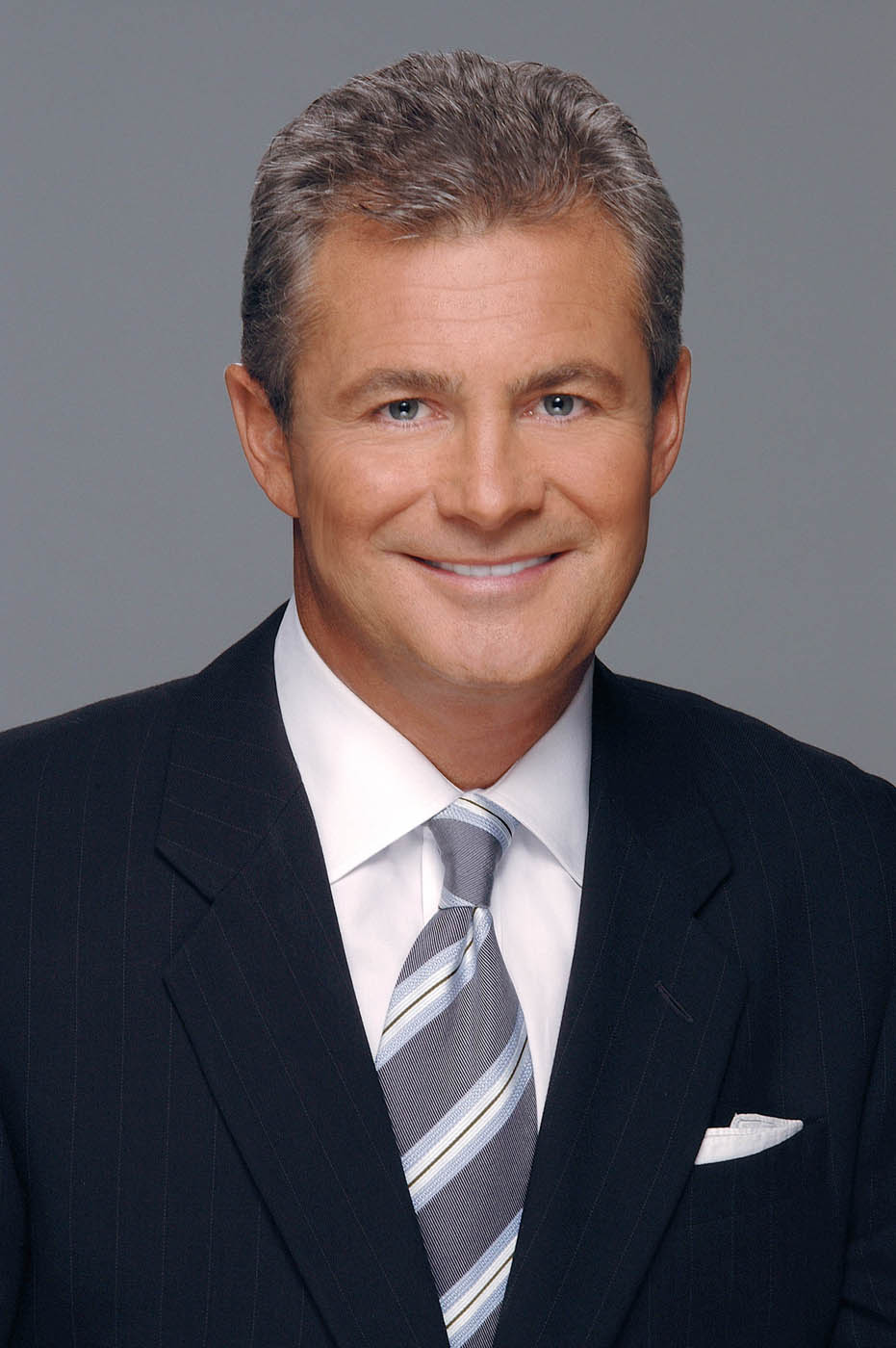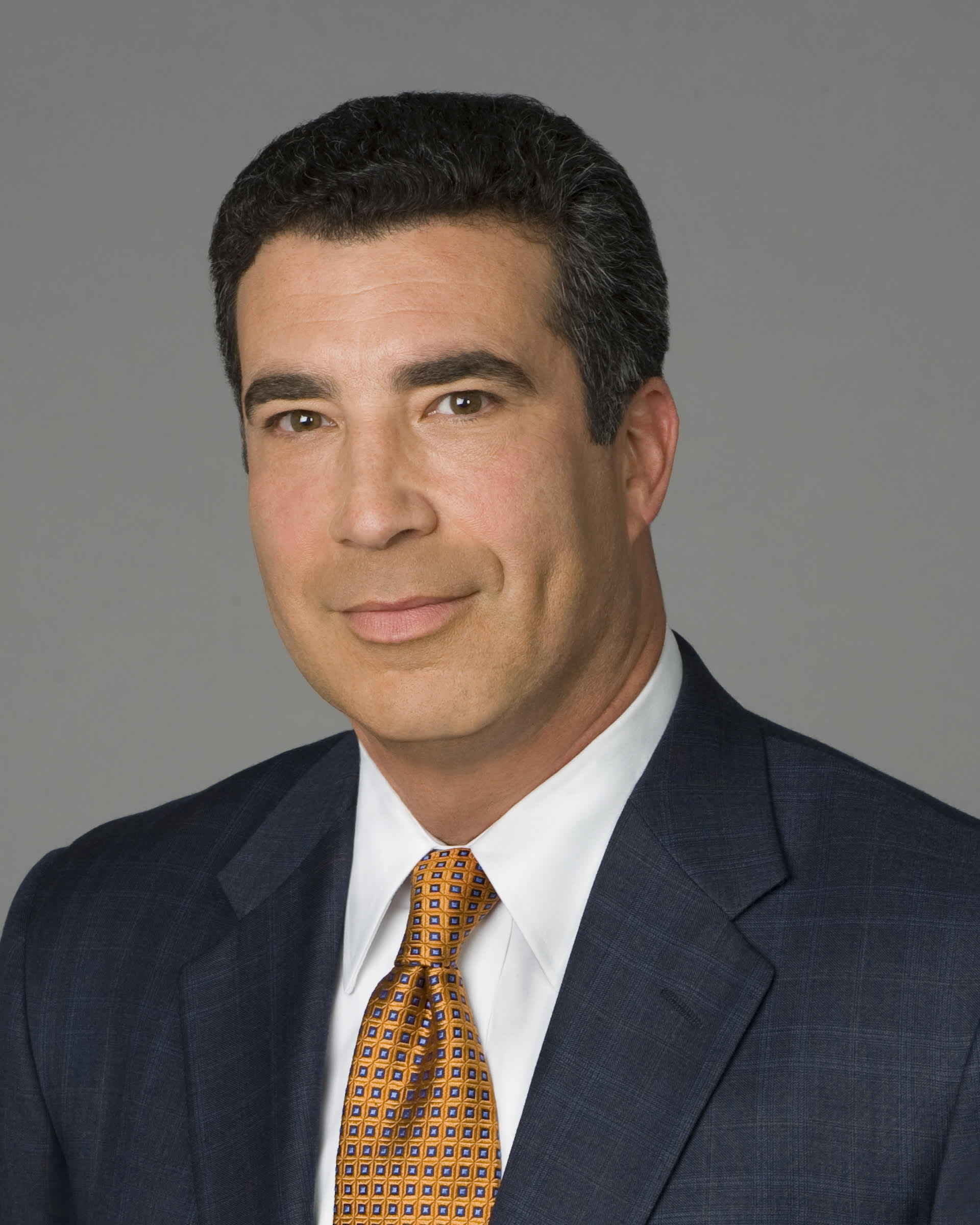Owners Come and Go, But Tribune Stations Stay Local

Amid a crazy year, Tribune Broadcasting’s TV stations somehow managed to do their jobs.
Like it or not, when the year started, parent Tribune Media seemed destined to be acquired by Sinclair Broadcast Group, whose size and conservative political leanings made it a controversial new owner for a company whose stations proclaim themselves as proudly local.
But in August, the $6 billion deal blew up. Both sides terminated the deal and fired off lawsuits accusing the other of acting in bad faith.
Then last week, Tribune Media agreed to be acquired by Nexstar Media Group for $4.1 billion in cash, or $6.4 billion including the assumption of debt.
Through it all, the Tribune stations collected record amounts of political advertising dollars and ran a growing amount of news programming.
Analysts said Tribune’s financial results exceeded forecasts in the third quarter, the first period following the collapse of the Sinclair deal.
“Tribune stepped back into the public market spotlight as an independent company at a good time — political revenues are brimming to new levels; the retrans outlook for broadcast assets remains robust; even core advertiser results are trending better than expected,” Deutsche Bank analyst Clay Griffin wrote after the company reported strong third-quarter earnings. “All the while, Tribune’s management team continues to execute on driving the core business forward.”
The smarter way to stay on top of broadcasting and cable industry. Sign up below
But it was obvious the company might not be independent for long.
“Once for sale, always for sale,” analyst Craig Huber of Huber Research Partners observed in a research note last month.
“We fully expect Tribune will eventually be sold in whole or in pieces,” Huber said. “Just because Sinclair could not get a deal through FCC/DOJ (which was Sinclair’s own fault due to an aggressive and ill-advised divestiture plan), does not mean another strategic player, etc., could not.”
Ignoring the Turmoil
Tribune executives said station staffers managed to largely ignore the corporate turmoil.

“Hopefully, what’s recognized is that through it all, we’ve assembled a group and a culture and portfolio that has been that’s been very productive,” Tribune president of broadcast media Larry Wert said. “We’re interesting because we thought we were going to be part of a different company by the middle of August and then the cheese moved.”
Perry Sook, chairman and CEO of Nexstar, noticed.
“I would say that the Tribune stations have performed better than our expectations in the first look that we took,” Sook said during a Dec. 3 call with analysts after the Tribune deal was announced.
Nexstar made an offer for Tribune two years ago, but was outbid by Sinclair. This time, it made a bigger offer, which was accepted.
“The company is just in a much better position now,” Sook said. “The management team has done a great job of managing through an extended period of being in limbo, but the results have certainly been there and we think that’s a great foundation to build on.”
In the last five years, Tribune’s stations have expanded their news hours by 300 per week, or about 34%. Altogether, the stations were on track to produce about 90,000 hours of news this year.
Tribune says its on-air and online audiences reach more than 100 million each month.
The company’s stations produce news in 27 markets, and in 21 of those, Tribune says its stations are No. 1 or No. 2 among adults 25 to 54, citing July figures.
In its home market of Chicago, Tribune says WGN’s morning news has been No. 1 in the 25-54 demo since 2010 and is the nation’s top-rated independent station after dropping its affiliation with The CW. The station also underwent a bit of drama as Jennifer Lyons, who was B&C’s News Director of the Year in 2017, left the station in August to join a nonprofit Catholic fundraising organization, only to return to the station in October. The morning news on Tribune’s KTLA Los Angeles has also been No. 1 in the 25-54 demo since 2010, the station group says.
Waking Up Strong
Tribune stations are particularly strong in the morning, when their early newscasts frequently draw more viewers than the national shows on their Big Three network-affiliate rivals. In addition to Chicago and L.A., Tribune stations have top-rated morning newscasts in Cleveland, St. Louis, Milwaukee, Indianapolis and Kansas City, among the top 20 markets.
Tribune is also delivering news digitally across 50 websites, 120 apps and 75 channels of live video reaching 50 million Americans each month. In its local markets, Tribune websites are No. 1 or No. 2 among broadcasters in 23 of the 28 markets tracked by comScore.
To be sure, there were a few corporate hiccups. Executive payoffs based on the Sinclair merger were foregone and a number of layoffs were implemented. Some business planning was ignored and retransmission negotiations with distributors representing 25% of Tribune’s footprint — thought to be Sinclair’s problem — had to be restarted. The company recently reached retransmission deals with Altice USA and Verizon Communications. An agreement with Charter Communications expires at the end of the year.
“I think we had a bit of a reset,” Wert said. “The conditions of closing for 15 months had some consent rules that we had to navigate. So when the deal was terminated, we were able to refocus.”
But because Tribune gives its stations a fair amount of independence, they were isolated to some degree from the corporate issues.
“We’ve established a cadence of culture and accountability that works,” Wert said. “We demand respect to go both ways. You have to earn this over time, but we think that the stations see the corporate leadership team as a valuable partnership rather than a big brother watching over them.”
Tribune’s roller coaster ride predated the Sinclair situation.
The stations were part of the Tribune Co. when it went private under investor Sam Zell in 2007. Loaded with debt, Tribune filed for bankruptcy in 2008. The company emerged from bankruptcy in 2012 and bought Local TV LLC (20 stations) for $2.75 billion in 2013.

Tribune was then divided into two companies, one that would own a group of troubled newspapers and the other, Tribune Media, owning the television properties.
“One of the things we did is we assembled a leadership team that signed up for building our company and essentially that same group has been driving,” Wert said. “We philosophically believed and still believe that there’s an appropriate balance of corporate oversight and partnership with all these local businesses that we give the right amount of autonomy to. But that balance in my experience and view is an important one.”
Like the rest of the TV business, Wert noted, local broadcasting has been buffeted by economic and technological factors. “I think we continue to focus on local content control and doing so with technology to achieve efficiency,” he said. “We’ve had significant local content expansion and have been able to adjust our cost overhead while we were doing it.”
The numbers only tell part of the story of how local stations impact their markets, particularly during emergencies.
“I was in California and I watched the tragedy in Thousand Oaks unfold and our station KTLA go wall to wall, sometimes informing families who didn’t have another source to find out about their loved ones,” Wert said. “People genuinely call the television station, communicating with us and vice versa.
“Obviously, we’re in a 24/7 game, but there are defining moments that come with news stories and national platforms, for the most part, just don’t do that as well as we do in our markets.”
Tribune’s stations also helped raise money for hurricane disaster relief, opioid abuse, veterans and students. Nearly $3 million in cash donations raised by Tribune stations’ efforts went to the Red Cross, Salvation Army and local charities.
“Given the circumstances of the year, when I think it would have been easy for our stations to be distracted, they weren’t,” Tribune senior VP of news Bart Feder said.
“I don’t think I’ve ever been more proud of a group of news leaders than I was of ours last year,” Feder said. “We have a video conference call every week with all the news directors and all through that 14 months, between the time the sale was announced and the time it went away, we talked every week about what it was going to take from a leadership perspective to remain focused, to retain talent, to recruit talent and to execute in the way that we would expect everyone to execute.”
For news staffers, the prospect of being acquired by Sinclair, which espouses a conservative political philosophy and produces editorials that its stations must run, was a concern. There have also been instances where anchors on many Sinclair stations have been forced to read from the same script.
A recent editorial from commentator Boris Epshteyn about how “brown people” were invading the U.S. drew controversy, and was eventually even disowned by Sinclair as not reflecting the company’s own views.

“I know for a fact that employees at WGN — both TV and radio — were terribly demoralized by the prospect of Sinclair ownership,” longtime Chicago media reporter Robert Feder said. “Throughout the ordeal, they were ordered not to speak publicly. But privately, they were genuinely fearful of what Sinclair might do and were deeply disappointed that Tribune had agreed to the sale.”
Despite the worry, Tribune executive Bart Feder said Tribune saw almost no turnover among its news directors.
“I think that says a lot about our culture and our focus,” he said. “There’s an awful lot of noise when you go through what we did. But to have that level of perseverance and station by station leadership was maybe our greatest accomplishment to grow within the context of those circumstances. And then to be able to come out of that stronger than we were when we went into it.”
All Success Is Local

Tribune has a bottom-up philosophy, Bart Feder said, with innovations coming from individual stations and then being shared and adopted by others in the group.
“We always emphasized that your employees work for your brand and your television station,” he said. “You ask them who do you work for, they don’t say Tribune, as much as we love our company. They say I work for WJW, or I work for KTLA, or I work for WQAD or I work for WDAF.
“They work for those local brands, and I think focusing on the strength of the individual local brands is what allowed us to get through the challenge of the year and grow because each of them knew that no matter what happened, at the end of the day they were going to be judged on the success of their local brand by us at Tribune, or by whoever owned them,” he said.
Feder also pointed to how KTLA last month dealt with both a mass shooting and wildfires.
“They’re almost on 24 hours a day anyway now, with as much news expansion as they’ve done,” he said. “I think KTLA, in a lot of ways, built its reputation over the years. On breaking news in the last 24 hours, 36 hours they’ve been the No. 1 station in Los Angeles against the Big Four. And our CW station is the number one station for news when the news matters in Los Angeles.”
He said the same thing happens in Chicago. During the high-profile trial of police officer Jason Van Dyke, who was convicted of shooting a 17-year-old African-American, Laquan McDonald, Tribune’s cable news channel, CLTV, covered the trial wall to wall, supplementing coverage on WGN.
“I’m very proud of our efforts across all platforms,” Bart Feder said. “Our success on television is matched by our success digitally and socially and everything else, so everybody’s all in on all of that.”
Before the Nexstar deal was announced, Wert was looking forward to what Tribune could accomplish in 2019.
Some priorities included evolving the company’s sales group into a multimedia marketing organization. News departments would continue to evolve into 24/7 services.
“What a great team we’ve put together,” he said. “We’ll see what the future brings, but in the meantime our heads are down.”
Jon has been business editor of Broadcasting+Cable since 2010. He focuses on revenue-generating activities, including advertising and distribution, as well as executive intrigue and merger and acquisition activity. Just about any story is fair game, if a dollar sign can make its way into the article. Before B+C, Jon covered the industry for TVWeek, Cable World, Electronic Media, Advertising Age and The New York Post. A native New Yorker, Jon is hiding in plain sight in the suburbs of Chicago.

